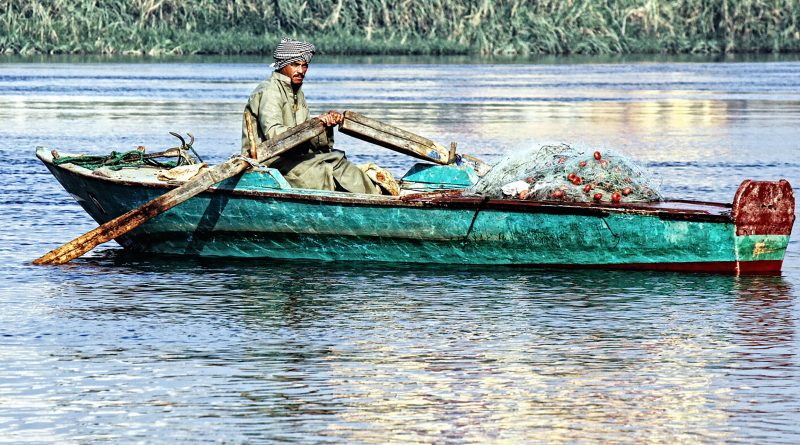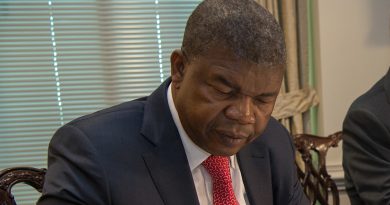Water Heating Up: The Grand Ethiopian Renaissance Dam Dispute
Since 2011, Ethiopia has been engaged in its pharaonic project of building the Grand Renaissance Dam on the Blue Nile.
From the start, Ethiopia’s neighbors have been wary of its intentions seen by some as national aggrandizement in the politically volatile regional environment. Egypt, in particular, as the last of the downstream states of the River Nile, has been increasingly preoccupied as the construction of the dam has progressed. Egypt depends on the Nile for irrigation, power, and general water supply, and has for long considered any diminishing of its access to Nile water as a threat to its national security. Although despite initial apprehension Ethiopia gained Sudan acceptance for building the dam, the second most affected downstream state, Ethiopian negotiators have continued to clash with their Egyptian counterparts.
As the dam nears completion, the tension between Egypt and Ethiopia has heightened related to the speed of filling up the dam reservoir and its effect on Egypt’s supply of Nile water. Both countries being important allies of the United States (US) has made it a “natural” mediator in the dispute. End of February this year, US Department of the Treasury, which has played a mediating role in the process, issued a statement in which it announced that it had come up with an agreement that addressed the concerns of and should be acceptable to all parties, Egypt, Ethiopia, and Sudan.
While Egypt was quick to endorse the US agreement, which raised eyebrows due to Cairo’s especially close relationship with Washington, Addis Ababa disagreed with some of its significant provisions.
To many, it appeared the US was taking Egypt’s side, especially in relation to the speed of filling the reservoir and subjecting Ethiopia to several conditions to allocate water for the downstream states. This seemed obvious, especially because Ethiopia had boycotted the February negotiations in Washington which had only involved the Egyptian and Sudanese officials. Ethiopia, however, sees this position, referring to a particular interpretation of the 2015 Agreement on Declaration of Principles (DOP) between the parties, as conditioning its management of the dam and its national sovereignty. Ethiopia has been called to “cooperate” and cause no “significant harm” to the other signatories of the 2015 declaration. Arab League has also called on Ethiopia to avoid acting unilaterally, which has to an extent isolated it in its neighborhood.
Despite the heating dispute, Ethiopian authorities have envisioned starting to fill the reservoir in July according to their interpretation of previous agreements. However, in the current situation in which Ethiopia postponed the August 2020 general elections due to the COVID-19 pandemic, they may be less pressed to do so. Yet, completing the dam, and begin operating it, would be symbolically significant for the reformist Prime Minister Abiy Ahmed who seeks his first victory in national elections.
For further reading:
Aljazeera. ‘Ethiopia: US being ‘undiplomatic’ over Nile dam project’, March 4, 2020.
Addisu Lashitew. ‘The United States Must Not Pick Sides in the Nile River Dispute’, Foreign Policy, March 14, 2020.
Tesfe-Alem Tekle. ‘Ethiopia vows to fill dam despite Egyptian threats’. The East African, March 20, 2020.
The opinions expressed in this text are solely the author’s point of view and do not bind the Center for International Studies, its Director or any other researcher.
Photo by Islam Hassan on Unsplash
![]() This work is licensed under a Creative Commons Attribution-NonCommercial-ShareAlike 4.0 International License.
This work is licensed under a Creative Commons Attribution-NonCommercial-ShareAlike 4.0 International License.




